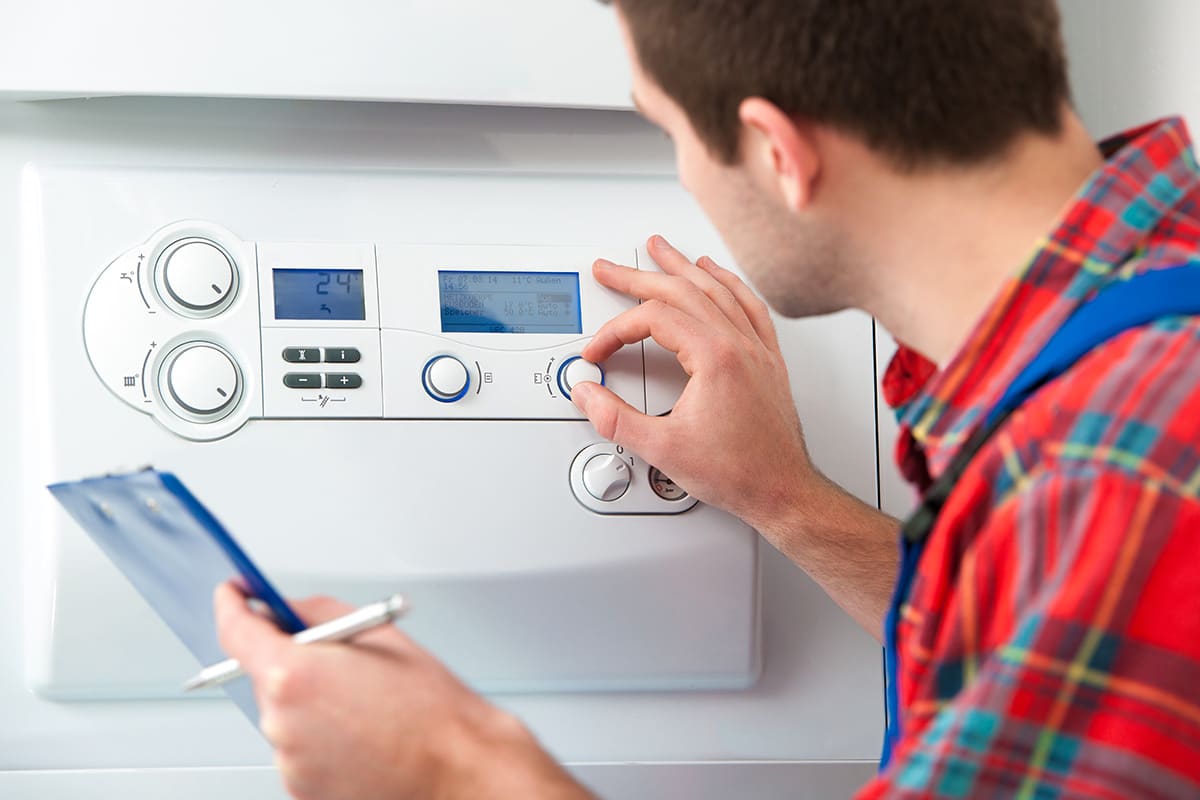If you have a drafty home, your heat pump has to work harder than it should to keep your space warm in the winter. Not only does this increase your energy bills, it also puts excess wear and tear on your equipment and shortens its lifespan. Winterizing your home can help you keep warm air inside and cold air out, so your heat pump can operate as efficiently as possible. See how below.

Watch
What Is a Heat Pump and How Does It Work? (Video)
Get a Free Energy Assessment
A great first step when winterizing your home with a heat pump is to take advantage of the free energy assessment offered by Mass Save. This provides you with a comprehensive evaluation of your home’s energy efficiency and helps you identify areas of improvement.
An energy assessment from a qualified contractor at N.E.T.R., Inc. can pinpoint where there may be heat loss or insulation gaps, so you can take steps to correct the problem. Mass Save provides a complete report at the end of the service at no cost to you.
Insulate Your Home
If your assessment shows areas where your insulation is thin or nonexistent, this is where heat can escape your home and cold air can seep in. Check key areas like your attic, exterior walls, and floors for missing insulation and create a plan to re-insulate them with high-quality materials.
Potential options include but aren’t limited to cellulose insulation, spray foam, and traditional fiberglass insulation. Depending on your skill level, you may be able to insulate your home yourself or you may want to hire a professional to make sure everything is done to exact specifications.
Seal Drafts
The most common places for leaks are around windows, doors, and other openings to the outside. It’s also a good idea to check areas where pipes and cables enter your home, since these contribute to heat loss but are often overlooked. You can use weatherstripping, caulking, or foam sealant from the hardware store to close any gaps.
Read
Cover Your Windows
Windows can be a significant source of heat loss in the winter, especially if they’re old or single-pane. Covering them is an easy way to help retain heat and improve the efficiency of your heat pump. Here are some methods you can use:
Clear Window Film
Clear window film creates a layer of “dead” air in between your window and your home, which helps insulate against the cold. These are affordable and ideal if you want to maintain access to natural light in the winter, but they can be flimsy and may tear easily.
Thermal Curtains
Thermal curtains are made with materials that trap warm air inside and block drafts from outdoors. They may also block light, which can be helpful for getting quality sleep. You can keep them closed when it’s chilly and open them when the sun is out to let the sunlight warm your space.
Blankets
If you don’t have anything else during a cold snap, blankets will do the trick in a pinch. You can tack quilts or thick blankets over your windows for a quick, inexpensive solution to keep cold air out temporarily.
The biggest drawback is that this method blocks light and uses blankets that you might need for warmth. That said, it’s better than losing efficiency or putting extra wear and tear on your system during a storm.
Adjust Your Thermostat
Your heat pump may not be as efficient in extreme cold, so adjusting your thermostat settings can help manage its performance and reduce unnecessary energy use. If you have a programmable thermostat, you can set it to a lower temperature when you’re asleep or away, which puts less stress on your unit when you don’t need as much heat.
Call N.E.T.R., Inc.
Improving your insulation, sealing drafts, and covering your windows can keep cold air out and warm air in. This reduces the overall workload on your heat pump and prevents you from getting chilly drafts when you’re near a door or wall. Contact us today at (781) 933-6387 to schedule a home energy assessment and discover steps to take to keep warm air in and cold air out.

